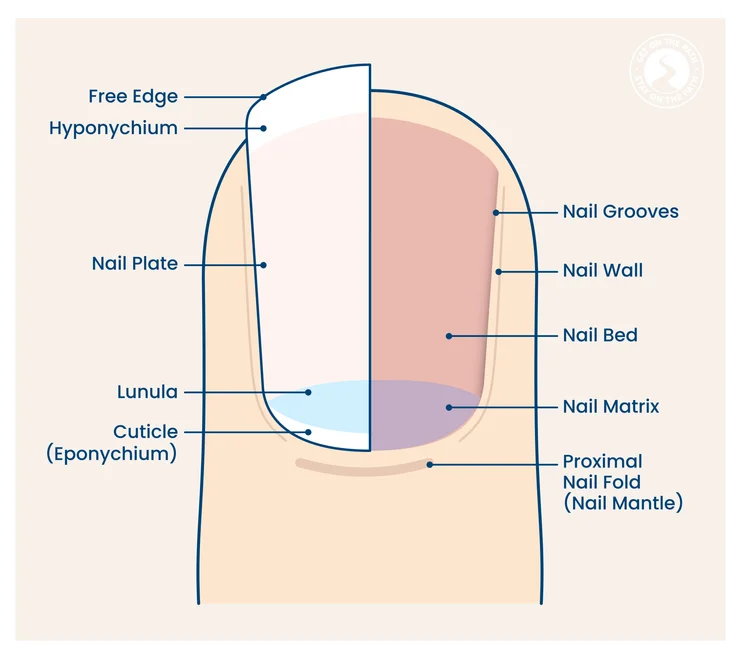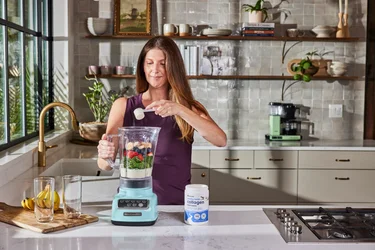Long, beautiful nails aren’t just a current fashion trend…
In 1954, dentist Robert Slack introduced acrylic nails, but the concept of artificial nails dates back thousands of years—women in ancient Egypt would use nut shells, bones, ivory, and even gold as artificial nails!
Fast forward to 2024. Long, healthy nails are still a coveted trait, but achieving them naturally takes some patience. (It can take three to 18 months for a nail to grow back fully.) In this article, we’ll cover five common nail myths, plus five tips on how you can nourish and strengthen your nails—naturally.






